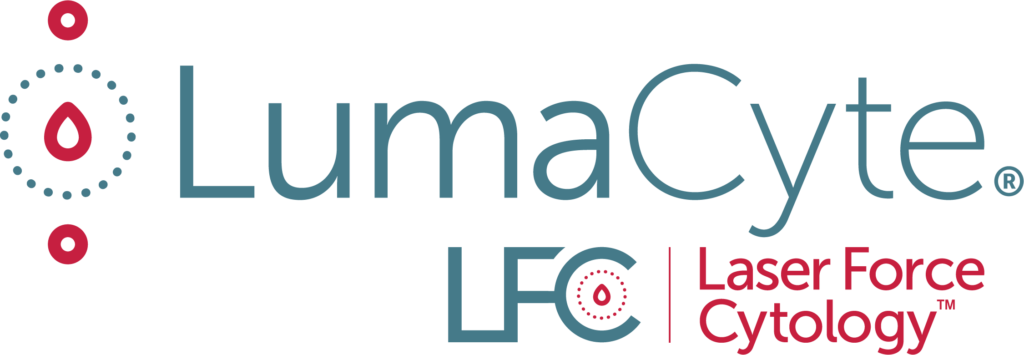Posted by Colin Hebert, VP Biotechnology & Carolyn Maki, VP, Business Development and Partnerships
Earlier this month, two members of the LumaCyte team attended and presented at the 8th annual ISBiotech Spring meeting. Although there was a change of venue from Washington D.C. to Norfolk, VA, this year the quality of both the scientific presentations and interactions remained top notch just as in previous years. The meeting was organized into 3 concurrent tracks, Viral Vectors and Vaccines, Cell Therapy, and Baculovirus Expression Technology. All of the talks provided significant value to the participants and we have highlighted a few of our favorites from each session below.
Viral Vectors and Vaccines spanned a wide range of topics, ranging from gene therapy vectors such as lentivirus and adeno associated virus (aav) to traditional vaccines such as flavivirus vaccines made in Vero cells. Dr. Nathalie Clement of the University of Florida’s Powell Gene Therapy Center gave an informative talk on the production of AAV at clinical-scale in an academic setting. Specifically, she described some lessons learned from the production of AAV using Herpes Simplex Virus (HSV) as a helper virus in HEK293 cells, including suspension versus adherent growth and media optimization as well as how their HSV based process can significantly reduce the manufacturing time required to produce AAV for clinical trials.
Also in the Viral Vectors and Vaccines track, Dr. Steven Pincus from FujiFilm Diosynth Biotechnologies presented an update on their efforts to develop a suspension adapted Vero cell line for vaccine production. As Vero cells are used for the production of many vaccines, such a development could significantly improve multiple facets of vaccine research, development, and manufacturing. While the process is still ongoing, they have achieved good growth and virus production in serum free medium and are working to optimize growth in suspension culture.
In the Baculovirus Expression Technology, there was a mix of talks that reflected the many roles of baculovirus and other insect-based expression systems, from research tools to cutting edge platforms for the production of vaccines and gene therapy products such as AAV. Dr. Dominic Esposito of the Frederick National Laboratory for Cancer Research and Yu Fu of the University of Massachusetts Medical school teamed up to give a talk on their two recently published papers on the genomics of Trichoplusia ni cell lines such as Hi5 and Tni-FNL. Interestingly, most (>90%) T. ni cells are tetraploid and have a mutation in the oncogenic RAS gene, in contrast with Sf9 cells, which are generally >80% diploid and wild type in the RAS gene. Armed with the full genomic sequence of these T. ni cell lines, researchers can now engineer T. ni cell lines as well as investigate some of the differences between T. ni and Sf9 cells in a more precise fashion. It was also exciting to see the commercial vaccines being developed and produced using baculovirus, including GSK’s Cervarix presented by Dr. Isabelle Knott and Takeda’s virus like particle (VLP) vaccine against norovirus presented by Scot Shepard.
In the Cellular Therapies track, there was considerable excitement regarding the future of cell metabolism as it relates to cell therapy, vector science, immunotherapy and CAR-T, as the outputs of cell culture are directly related to cellular metabolism. Much of this track discussed process optimization to enhance product quality and yield at each stage of the production process. Different facets are involved, including production, transduction, media, harvest and quality control. The industry recognizes the need to optimize process for manufacturing and logistics to ensure quality production and patient safety.
Dr. Sunetra Biswas, Sr. Scientist Analytical Development, Product Services at Kite (A Gilead Company) discussed the need for robust analytical process and product control for cellular therapies. The need to develop comprehensive quality and process control strategies for all clinical development phases through commercialization was a common thread though many of the presentations in this track. All stages from apheresis and manufacturing to infusion of the final, patient-specific product require strict quality control and effective process management. Kite has an approved product on the market and the descriptions of their comprehensive life-cycle management leading to the approval of YESCARTA reflects the ongoing challenges that will be faced as cellular therapy and precision medicine become mainstream. A presentation by Dr. John Elliott, Cell Systems Science Group Leader, National Institute of Standards & Technology, further described the need for cell measurements throughout the entirety of the process to reduce variability and ensure process control. Cellular therapies hold great promise for several chronic disease states and CAR-T for personalized medicine. The limitations of current quality processing standards in an immature manufacturing space are compounded by the health status of these patients.
The goal of automated, closed, optimized processing with ongoing multivariant cell and viral infectivity measurements will ensure positive outcomes for product manufacturing.

